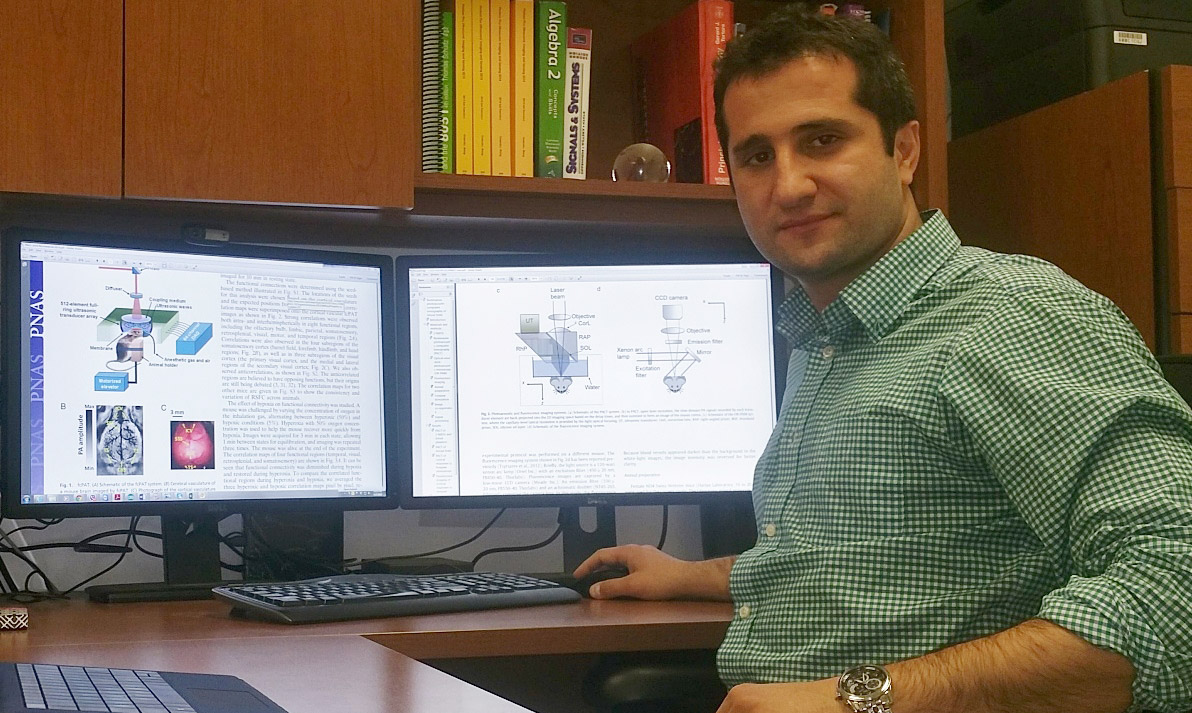Researchers invent method to advance non-invasive melanoma identification using radiomic signatures
Biopsies have long been considered the diagnostic standard for melanoma, a globally worsening public health problem that has emerged as the deadliest form of skin cancer. Researchers have explored alternative ways to diagnose melanoma, using different imaging techniques to try and reduce the reliance on biopsies.
"Performing biopsies can result in pain, anxiety, scarring and disfigurement for patients, as well as a considerable cost to the health care system," said Mohammad Avanaki, assistant professor of biomedical engineering and director of the OPIRA Laboratory at Wayne State University. "However, imaging devices suffer from various drawbacks that result in limited specificity or sensitivity, and are therefore of reduced benefit to the clinician."

Avanaki is leading an international research team - including clinicians and engineers from Wayne State University, Karmanos Cancer Institute, Sharif University of Technology in Iran, AC Camargo Cancer Center in Brazil and Technical University of Denmark - to develop a novel non-invasive method for accurate detection of melanoma using optical coherence tomography (OCT). The findings from this study, partially funded by the American Cancer Society, were recently published in the Cancer Research Journal.
Using this method, the suspect skin region and its nearby healthy skin are imaged and analyzed using a sophisticated algorithm based on a well-defined model that describes the interaction of light with skin.
"The analysis takes only a fraction of a second," said Avanaki.
The algorithm uses machine learning to develop unique optical radiomic signatures pertinent to melanoma and benign nevi, and based on the obtained knowledge can identify melanoma.
Data from lab evaluations that included testing on 69 human subjects showed significant differentiation between benign skin blemishes and malignant melanoma with 97 percent sensitivity and 98 percent specificity.
"This technology will not only reduce the number of biopsies and improve patient experience, but will also allow for earlier detection of melanoma and reduce health care costs," said Avanaki.